History of Science Museum
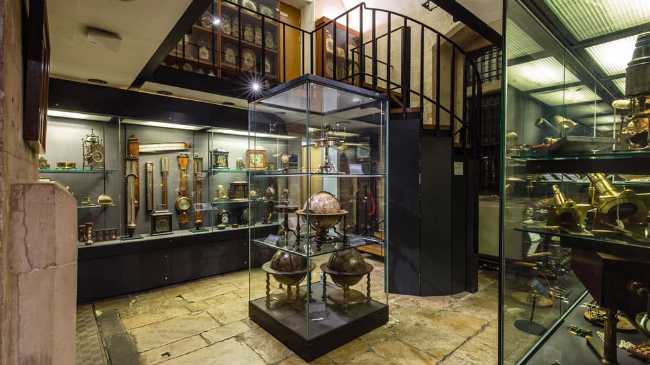
Housed in the Old Ashmolean Building on Broad Street, the History of Science Museum in Oxford is the world’s oldest surviving purpose‑built museum, opened in 1683 to showcase Elias Ashmole’s collection. Today it holds one of the finest collections of scientific instruments, spanning the Middle Ages to the 20th century, including astrolabes, globes, microscopes, and the famous blackboard used by Albert Einstein during a 1931 lecture in Oxford. Originally conceived as a centre for the “new learning” of the 17th century, it once hosted experiments in its basement laboratory and lectures in its upper rooms. The Grade I‑listed building itself is a masterpiece of early museum architecture, with a façade adorned by busts of Roman emperors. Free to enter, the museum offers exhibitions, events, and educational programmes that explore the history of science and its impact on society, inviting visitors to engage with centuries of human curiosity, discovery, and innovation in an intimate and atmospheric setting.
Oxford United KingdomThe History of Science Museum is located on Broad Street in Oxford, with the postcode OX1 3AZ. Housed in the world’s oldest surviving purpose-built museum building, the Old Ashmolean, the museum features an unparalleled collection of scientific instruments from the Middle Ages through the 19th century. Its exhibits include astrolabes, sundials, early telescopes, and even Albert Einstein’s blackboard used during a lecture in Oxford. Situated in the heart of historic Oxford, the museum neighbors prestigious landmarks such as the Sheldonian Theatre, the Bodleian Library, and several colleges of the University of Oxford. Visitors can also enjoy nearby cultural spots like the Ashmolean Museum and the University Parks. Broad Street is a vibrant area, offering cafes, shops, and other attractions, providing a rich cultural context for the museum experience.
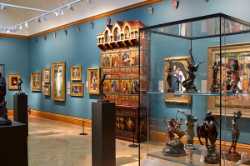 Ashmolean Museum
Oxford
Ashmolean Museum
Oxford
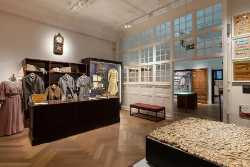 Museum of Oxford
Oxford
Museum of Oxford
Oxford
 Oxford University Museum of Natural History
Oxford
Oxford University Museum of Natural History
Oxford
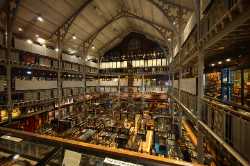 Pitt Rivers Museum
Oxford
Pitt Rivers Museum
Oxford
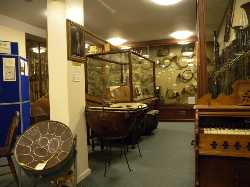 Bate Collection of Musical Instruments
Oxford
Bate Collection of Musical Instruments
Oxford
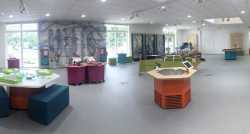 Science Oxford Centre
Oxford
Science Oxford Centre
Oxford
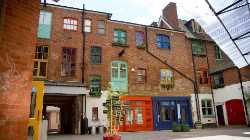 The Story Museum
Oxford
The Story Museum
Oxford
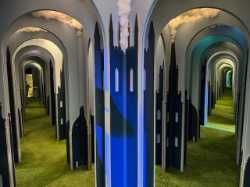 Oxford Illusion Museum
Oxford
Oxford Illusion Museum
Oxford
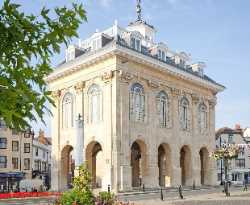 Abingdon County Hall Museum
Oxford
Abingdon County Hall Museum
Oxford
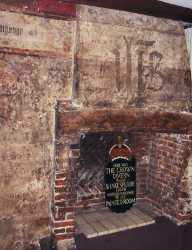 The painted room
Oxford
The painted room
Oxford
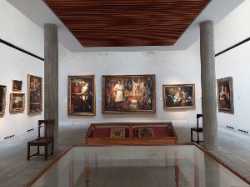 Christ Church Picture Gallery
Oxford
Christ Church Picture Gallery
Oxford
 Convocation House
Oxford
Convocation House
Oxford
 Oxford Bus Museum
Oxford
Oxford Bus Museum
Oxford
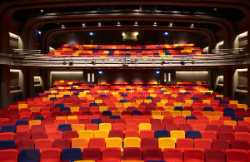 Oxford Playhouse
Oxford
Oxford Playhouse
Oxford
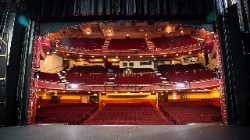 New Theatre Oxford
Oxford
New Theatre Oxford
Oxford
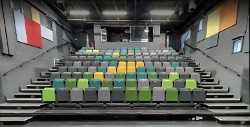 Pegasus Theatre
Oxford
Pegasus Theatre
Oxford
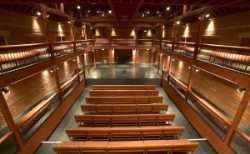 The North Wall Arts Centre
Oxford
The North Wall Arts Centre
Oxford
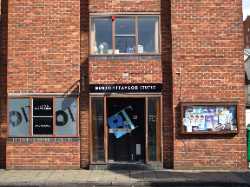 Burton Taylor Studio
Oxford
Burton Taylor Studio
Oxford
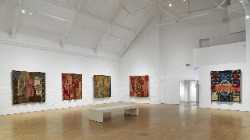 Modern Art Oxford
Oxford
Modern Art Oxford
Oxford
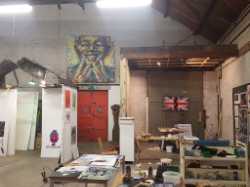 Ovada
Oxford
Ovada
Oxford
 Sarah Wiseman Galler
Oxford
Sarah Wiseman Galler
Oxford
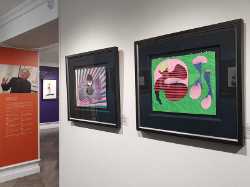 Castle Fine Art Oxford
Oxford
Castle Fine Art Oxford
Oxford
 Oxford Castle & Prison
Oxford
Oxford Castle & Prison
Oxford
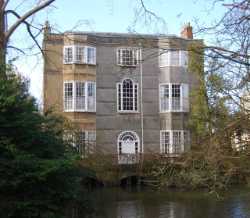 The Grandpont House
Oxford
The Grandpont House
Oxford
 Christ Church College
Oxford
Christ Church College
Oxford
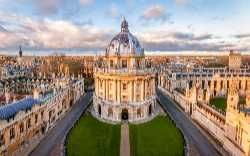 Radcliffe Camera
Oxford
Radcliffe Camera
Oxford
 Sheldonian Theatre
Oxford
Sheldonian Theatre
Oxford
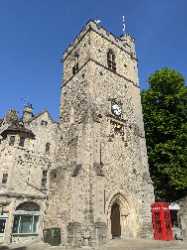 Carfax Tower
Oxford
Carfax Tower
Oxford
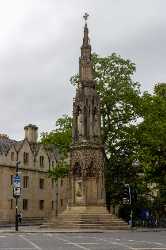 Martyrs’ Memorial
Oxford
Martyrs’ Memorial
Oxford
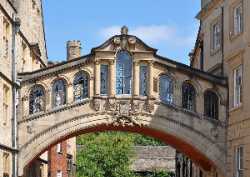 Bridge of Sighs
Oxford
Bridge of Sighs
Oxford
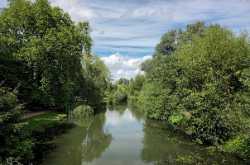 University Parks
Oxford
University Parks
Oxford
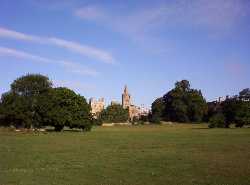 Christ Church Meadow
Oxford
Christ Church Meadow
Oxford
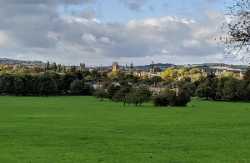 South Park
Oxford
South Park
Oxford
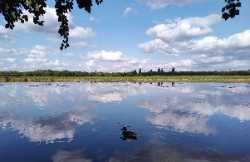 Port Meadow
Oxford
Port Meadow
Oxford
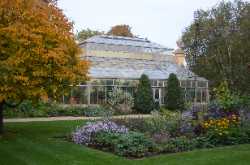 Oxford Botanic Garden
Oxford
Oxford Botanic Garden
Oxford
 Oxford Covered Market
Oxford
Oxford Covered Market
Oxford
 Gloucester Green Market
Oxford
Gloucester Green Market
Oxford
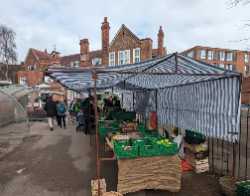 East Oxford Farmers’ & Community Market
Oxford
East Oxford Farmers’ & Community Market
Oxford